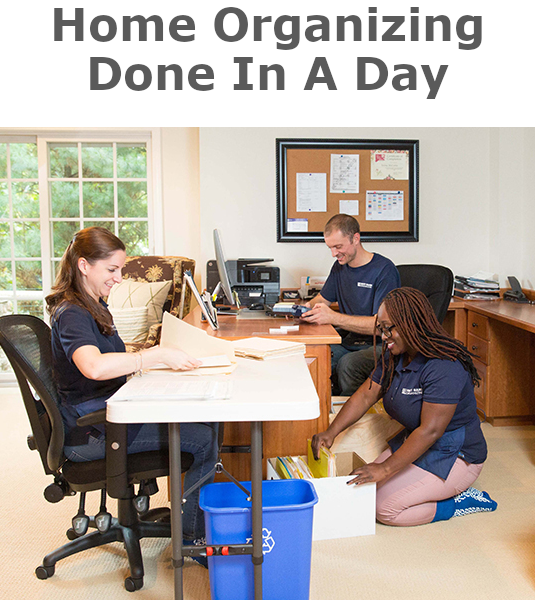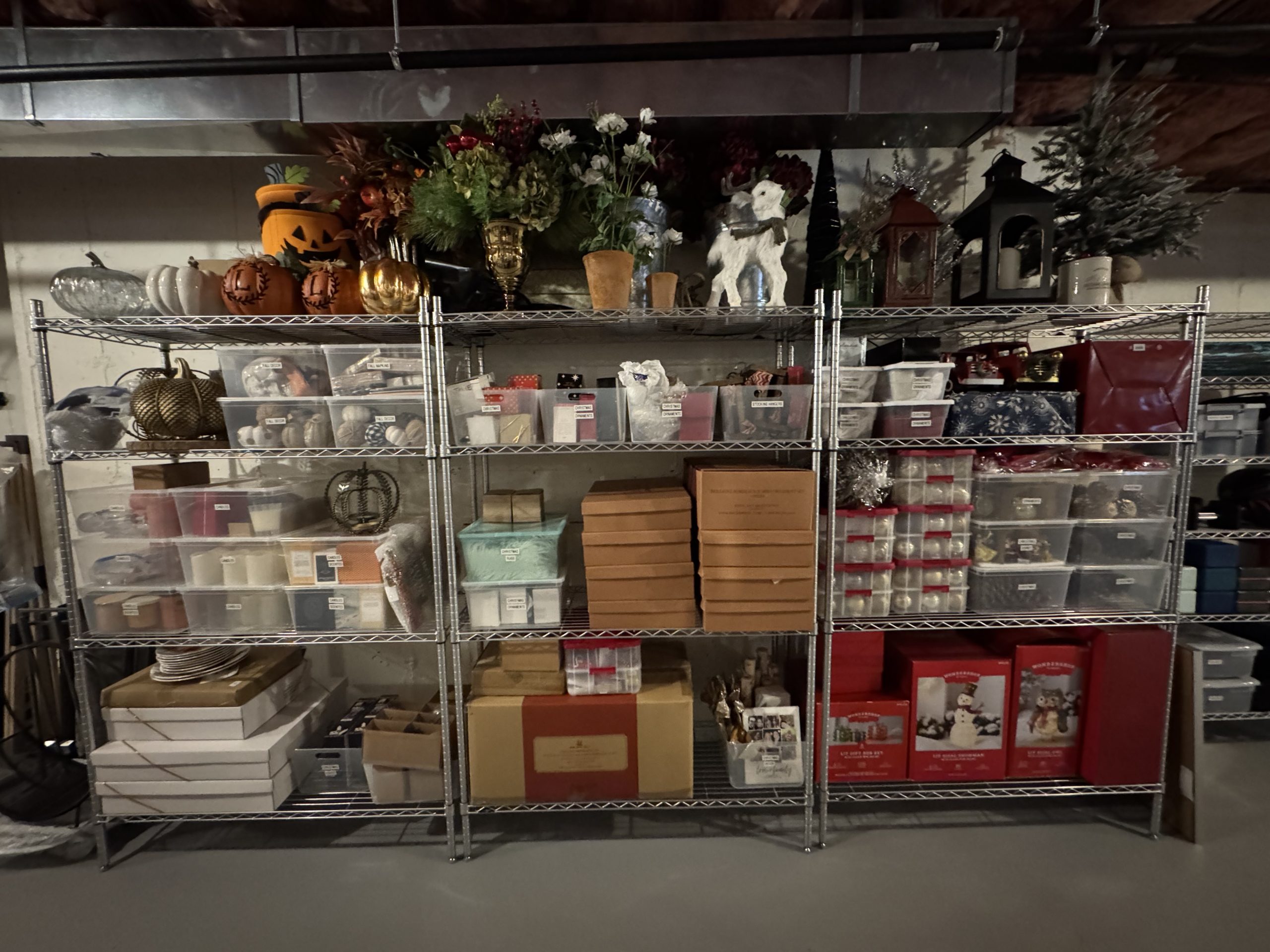In this week of National Moving Month we are going to look at organizing for a move. Moving is one of the most stressful life events. Much of that stress can be alleviated by organizing the right plan.
For starters, choose a reputable moving company. A reliable moving company will minimize your stress on the final pack-up and move. As for the weeks ahead of the move, here are some helpful tips when organizing for a move.
1. Purge the excess
A while back I did a video called Downsizing Through The Garage. It gives a step-by-step process for purging excess items in your home. Even if you’re not downsizing, this process will help you eliminate the excess items that you don’t want to pay to move.
Also, I recently provided a menu of Downsizing Resources, for whatever you are trying to donate or sell.
2. KNOW where you go
We get so used to our home space that it’s very easy to take it for granted. So get as clear as possible on the size of space you are moving into. Sometimes a floor plan is available. See if you can get one.That way, you can see for example that you kitchen table can fit in the new dining room. But then the dining table needs to be sold when organizing for a move.
Even without a floor plan, you benefit by taking note of the size of the new rooms. For example, if you have a smaller kitchen but a larger basement, that tells a story. Now is the time to limit the number of items living in the kitchen. Then set aside the excess for basement storage.
3. Clarify the why
For items that you are packing, you need a plan for sorting. That’s what “Clarify the why” is all about. A great example of this concept is books, one of the items movers may recommend you pack in advance. Books are heavy. Moving is great opportunity to pare down. The best way to do that is to ask why you keep them. That may sound overly simplistic, but this works because you may keep the same items for different reasons. When you are clear on why it takes you to where it should go.
For example, reference books could go in a home office. Books you want to make point of reading should go to a reading area, maybe bedside. Books that at are purely keepsakes can be stored more remotely, maybe the basement. Books of value should be out of the light, maybe the attic. “Books-for-looks” should be in a prominent place like the living room.
If you won’t have a big library in your new home, this divide-and-in conquer approach helps. It will create new homes that make sense. Also, when you get clear on why you keep things, it’s a lot easier to realize something else. You may not have a good reason to keep them and now you can donate and sell some books. And that’s just the example of books. Clarify-the-why helps pare down everything.
4. Lose it, use it, or move it
We looked at how to lose it with tips 1 to 3. Move it is what you are paying the movers do. Use it is how to pay them a little less.
If you have food stockpiled, start using it up about a month before you move. Why?
Because food, especially canned goods, can get really heavy. This matters because movers charge you by weight. Yes, you’ll need to replace food after you move, but you can avoid the cost of shipping it.
5. Set for lift off
Create a small set of essentials, so you are set for lift off in your new home. These should be small enough so that they fit in your car. The idea is to have the things that you will need the most, off the moving truck. You will want them in your immediate control.
These might include an overnight bag for each family member with clothes, toiletries, towels, toys for the kids. A kitchen bin with kitchen things like paper towels, cleaner, trash bags, snacks, beverages, and maybe a coffee pot. It might also have
handy things like painters tape, sharpie, pad, pen, measuring tape, utility knife, scissors, and flashlight. It must include command central things like, laptop, passwords, moving agreement, and charging cords.
Finally, don’t forget pet food, litter box, or cage. Instead maybe arrange for Fido and Felix to stay with a friend while the trucks are unloading.
So that’s it. Share the five tips in this plan with your family. That way no one has to guess what’s going to happen. Also, no one is working at cross purposes. That will go a long way to making your move manageable and stress free.
If you or anyone you know is moving this month, check out The On-The-Move Special.
For help organizing your move, this will save you up to $200 off of our services.
Please Share With Your Community
















